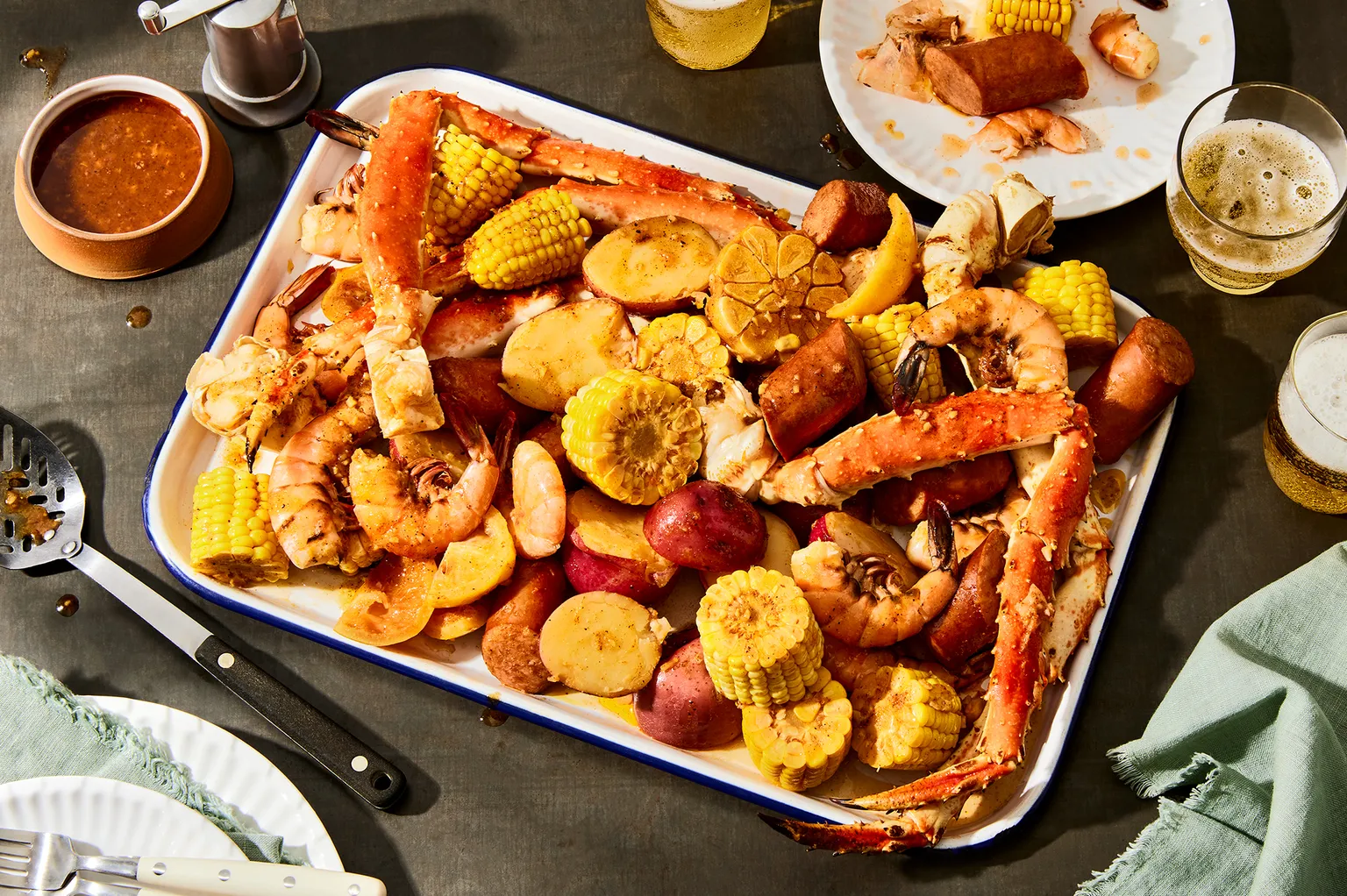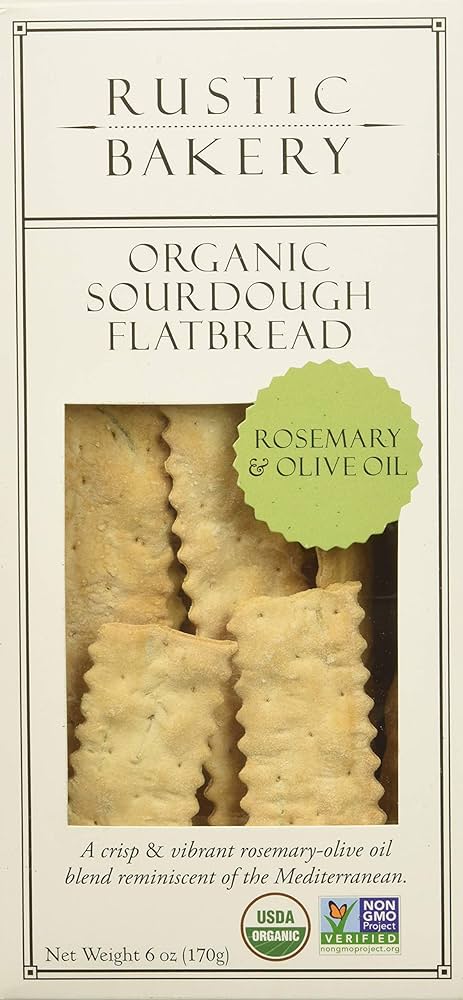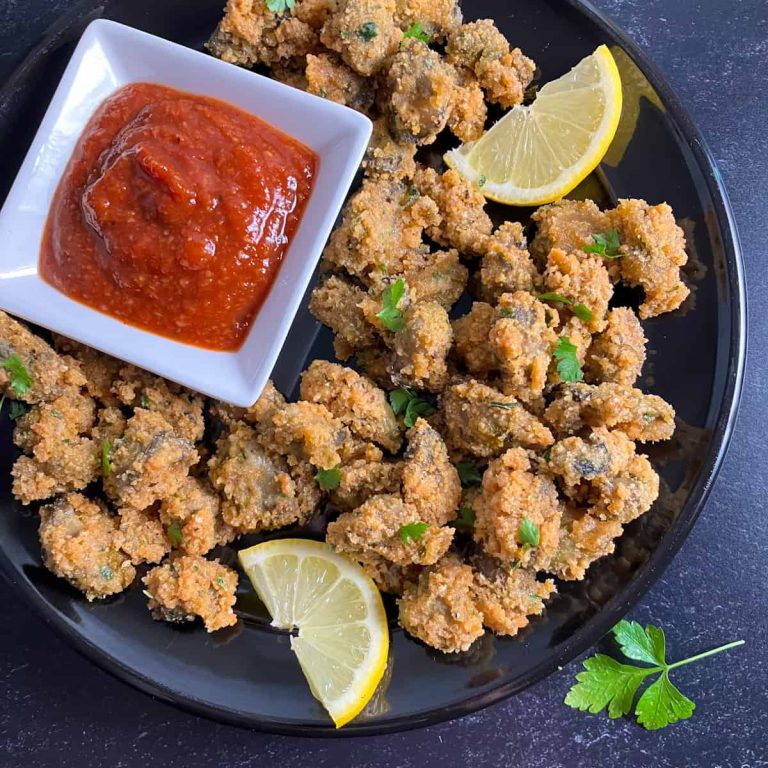Seafood Creole: Authentic Recipes, Ingredients, and Wine Pairings
Seafood Creole traces its origins to the diverse cultural landscape of New Orleans. Influences from French, Spanish, African, and Caribbean cuisines merged to create this unique dish. In the 18th century, settlers began incorporating local ingredients like Gulf Coast seafood into traditional recipes. This fusion of flavors led to the creation of what we now know as Seafood Creole. Over decades, the recipe evolved, taking on characteristics from each contributing culture. Common components include tomatoes, bell peppers, onions, and a variety of seasonings that give the dish its distinct taste.
Regional Variations Across Louisiana
While New Orleans is the heart of Seafood Creole, variations exist throughout Louisiana. In some regions, chefs use crawfish instead of shrimp, adapting the recipe to local seafood availability. Others might add smoked sausage for a richer flavor. In coastal areas, fresh crab often finds its way into the pot, enhancing the dish with its delicate texture. Each variation maintains the core elements of the original recipe but adds a local twist, making Seafood Creole a versatile and adaptable dish that reflects the rich culinary diversity of Louisiana.
Key Ingredients in Seafood Creole
Types of Seafood Used
You’ll find various seafood types in Seafood Creole, each adding a unique flavor. Common choices include shrimp, crab, and crawfish. Shrimp, often used due to its availability, brings a sweet and briny taste. Crab, another staple, offers a delicate, slightly sweet flavor that enhances the dish. Crawfish, while more regional, adds a distinct, rich taste elevating the Creole experience. Some recipes also incorporate oysters and fish like catfish or red snapper to diversify the flavor profile.
Spices and Seasoning Essentials
Spices and seasonings play a crucial role in creating the complex flavors of Seafood Creole. Key spices include cayenne pepper, paprika, and garlic powder. Cayenne pepper provides a subtle heat that balances the dish. Paprika adds smokiness while enhancing the color. Garlic powder delivers a savory depth crucial for authenticity. Other important seasonings are thyme, bay leaves, and oregano. Thyme contributes an earthy note, bay leaves add a mild bitterness for balance, and oregano infuses a hint of minty, peppery flavor. Fresh ingredients like bell peppers, onions, and celery, known as the “holy trinity” in Cajun and Creole cooking, also form the base for the dish, adding freshness and complexity.
Cooking Techniques for Authentic Seafood Creole
Step-by-Step Cooking Process
To prepare authentic Seafood Creole, follow a detailed process to ensure rich flavors and proper textures.
- Prepare the Ingredients: Chop bell peppers, onions, and celery finely. Dice tomatoes and mince garlic. Clean and devein shrimp or other seafood.
- Make the Roux: In a large pot, combine a quarter cup of butter with a quarter cup of flour. Cook over medium heat, stirring continuously until the mixture turns a light brown.
- Add Vegetables: Incorporate the “holy trinity” of bell peppers, onions, and celery into the roux. Sauté for 5 minutes until vegetables soften.
- Introduce Liquids: Pour in 2 cups of chicken broth followed by diced tomatoes and tomato sauce. Stir continuously to mix well.
- Season: Add spices such as cayenne pepper, paprika, and garlic powder. Stir in thyme, bay leaves, and oregano to build layers of flavor.
- Simmer: Reduce heat to low and let the mixture simmer for 30-40 minutes, allowing the flavors to meld.
- Cook the Seafood: Add the seafood to the pot. Simmer for an additional 10-15 minutes until the seafood is cooked through.
- Final Adjustments: Taste and adjust seasoning. If the sauce is too thick, add more chicken broth. If it’s too thin, let it simmer longer.
- Quality Ingredients: Use only the freshest seafood and vegetables. Fresh ingredients elevate the dish’s overall taste.
- Control the Heat: Use a consistent medium heat when making the roux and a low simmer for combining flavors.
- Balance the Spices: Adjust spices gradually, starting with less and adding more as you taste. Over-seasoning can overpower delicate seafood flavors.
- Timing: Add seafood toward the end to avoid overcooking. Overcooked seafood becomes tough and less flavorful.
- Resting Time: Let the dish sit for a few minutes before serving to allow the flavors to settle.
- Accompaniments: Serve with steamed rice, garnished with fresh parsley, or a splash of lemon juice to enhance the overall flavor.
By adhering to these cooking techniques and tips, you can create an authentic and delectable Seafood Creole that’s rich in cultural tradition and taste.
Serving and Pairing Ideas
Best Side Dishes
Seafood Creole pairs delightfully with various side dishes that complement its rich, spicy flavors. Steamed white rice, jasmine rice, or brown rice can soak up the flavorful sauce. Besides rice, you can serve crusty French bread or baguettes to balance the dish’s heat and provide texture. Collard greens or sautéed spinach add a nutritious element and introduce a slightly bitter note that contrasts well with the Creole spices. For a touch of sweetness, consider serving cornbread or sweet potatoes. To add a fresh, crisp component, include a simple green salad with a light vinaigrette.
Wine Pairings for Seafood Creole
Choosing the right wine enhances the dining experience by complementing Seafood Creole’s robust flavors. A chilled Sauvignon Blanc offers crisp acidity, balancing the dish’s heat and cutting through the richness. For those who prefer red wine, a light Pinot Noir with its subtle tannins won’t overpower the seafood. If you’d like a sparkling option, a Brut Champagne brings a refreshing effervescence that pairs well with the spicy Creole sauce. Additionally, a semi-dry Riesling provides a nice balance of sweetness and acidity, which harmonizes with the dish’s spices and seafood elements.
Conclusion
Seafood Creole stands as a testament to the rich culinary traditions of Louisiana, blending diverse cultural influences into a harmonious and flavorful dish. By paying attention to the quality of ingredients and the balance of spices, you can create an unforgettable meal that showcases the best of Gulf Coast seafood. Pairing it with the right wine and side dishes further elevates the experience, making it a perfect choice for any occasion. Dive into the world of Seafood Creole and let your taste buds embark on a journey through its vibrant and complex flavors.






